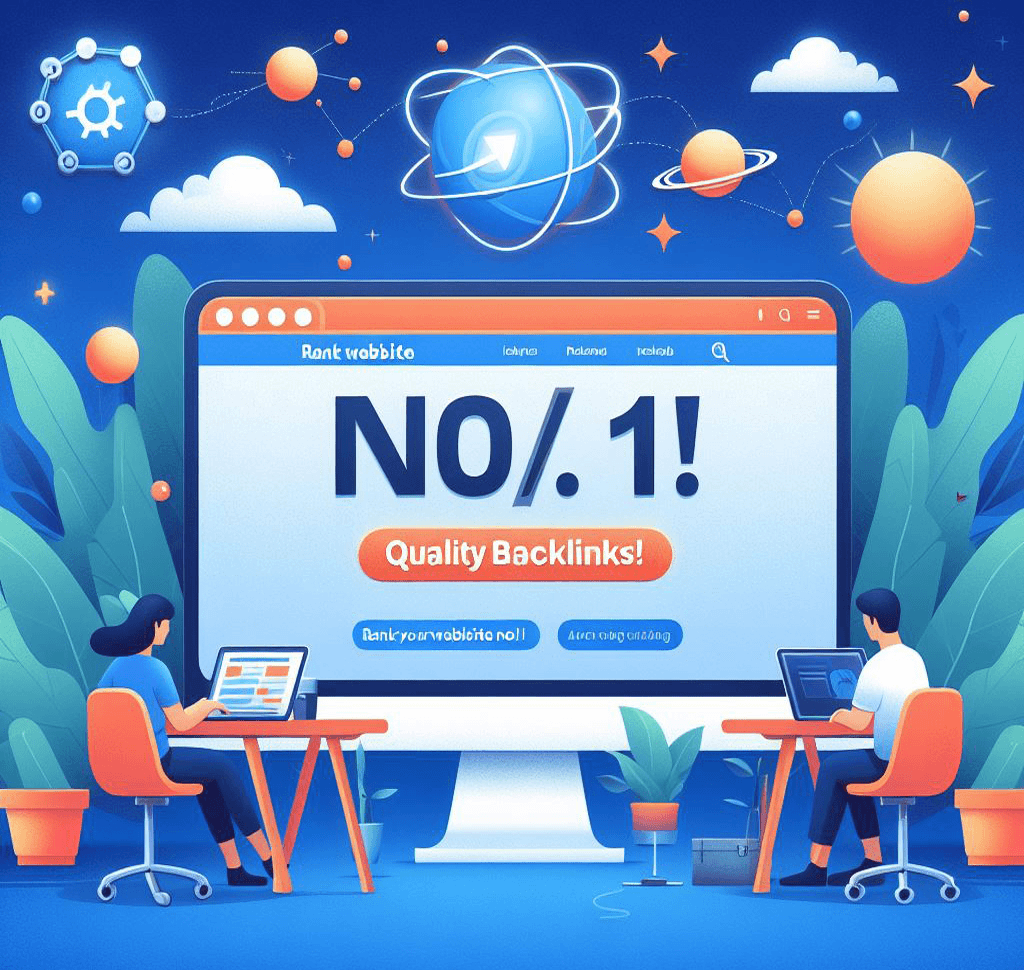Are you interested in learning programming? If you’re a beginner, Ruby is a great language to start with. In this article, we will introduce you to the basics of Ruby programming and help you understand the ABCs of this powerful language.
What is Ruby?
Ruby is a dynamic, object-oriented programming language that is known for its simplicity and readability. It was created by Yukihiro Matsumoto in the mid-1990s and has since gained popularity among developers worldwide. Ruby is often praised for its elegant syntax, which allows programmers to write code that is easy to understand and maintain.
Why Learn Ruby?
There are several reasons why learning Ruby can be beneficial for beginners:
- Easy to Learn: Ruby has a gentle learning curve, making it accessible to beginners. Its syntax is designed to be human-friendly, which means you can start writing code in Ruby without feeling overwhelmed.
- Flexible and Versatile: Ruby is a versatile language that can be used for various purposes, from web development to data analysis. It also offers a wide range of libraries and frameworks that can help you build applications more efficiently.
- Active Community: Ruby has a vibrant and supportive community of developers. This means that you can easily find resources, tutorials, and forums to help you along your learning journey.
The ABCs of Ruby
Now let’s dive into the basics of Ruby programming:
1. Variables
In Ruby, variables are used to store data. You can assign a value to a variable using the assignment operator (=). For example:
name = "John"
age = 25
2. Data Types
Ruby has several built-in data types, including:
- Strings: Used to represent text. They are enclosed in single quotes (”) or double quotes (“”).
- Numbers: Used to represent numeric values. They can be integers or floating-point numbers.
- Booleans: Used to represent true or false values.
- Arrays: Used to store multiple values in a single variable.
- Hashes: Used to store key-value pairs.
3. Control Flow
Ruby provides several control flow structures to control the execution of your code:
- If-else statements: Used to perform different actions based on a condition.
- Loops: Used to repeat a block of code multiple times. Ruby supports while loops, for loops, and each loops.
- Case statements: Used to perform different actions based on the value of a variable.
4. Methods
Methods are used to define reusable blocks of code. They allow you to encapsulate functionality and make your code more modular. Here’s an example of a method in Ruby:
def say_hello(name)
puts "Hello, #{name}!"
end
say_hello("Alice") # Output: Hello, Alice!
5. Classes and Objects
Ruby is an object-oriented language, which means that it uses classes and objects to organize code. A class is a blueprint for creating objects, while an object is an instance of a class. Here’s an example:
class Person
def initialize(name)
@name = name
end
def say_hello
puts "Hello, #{@name}!"
end
end
person = Person.new("Bob")
person.say_hello # Output: Hello, Bob!
Conclusion
In this article, we introduced you to the basics of Ruby programming. We discussed what Ruby is, why it’s a great language for beginners, and covered the ABCs of Ruby, including variables, data types, control flow, methods, classes, and objects. We hope this article has sparked your interest in learning Ruby and provided you with a solid foundation to continue your programming journey.



